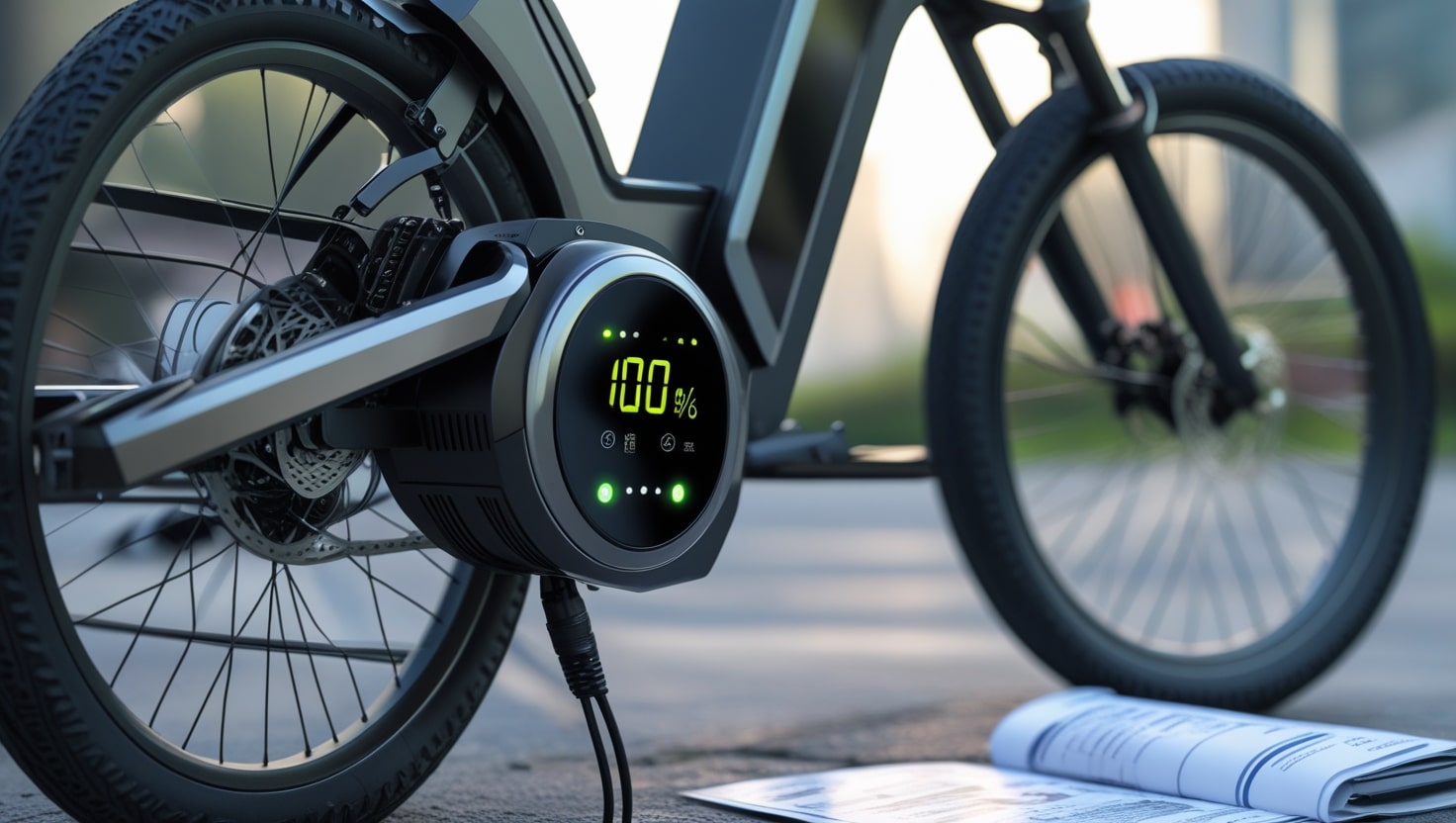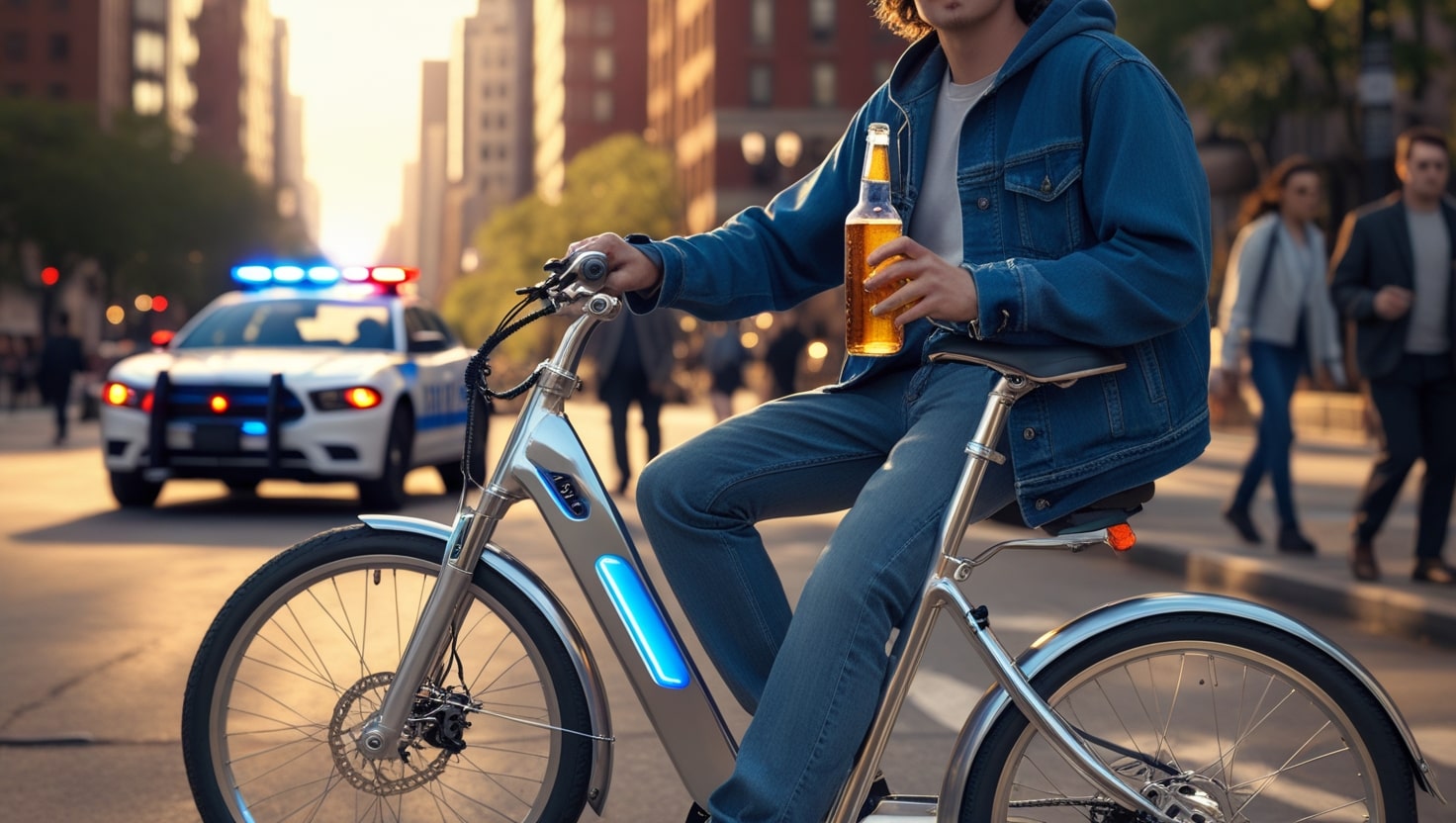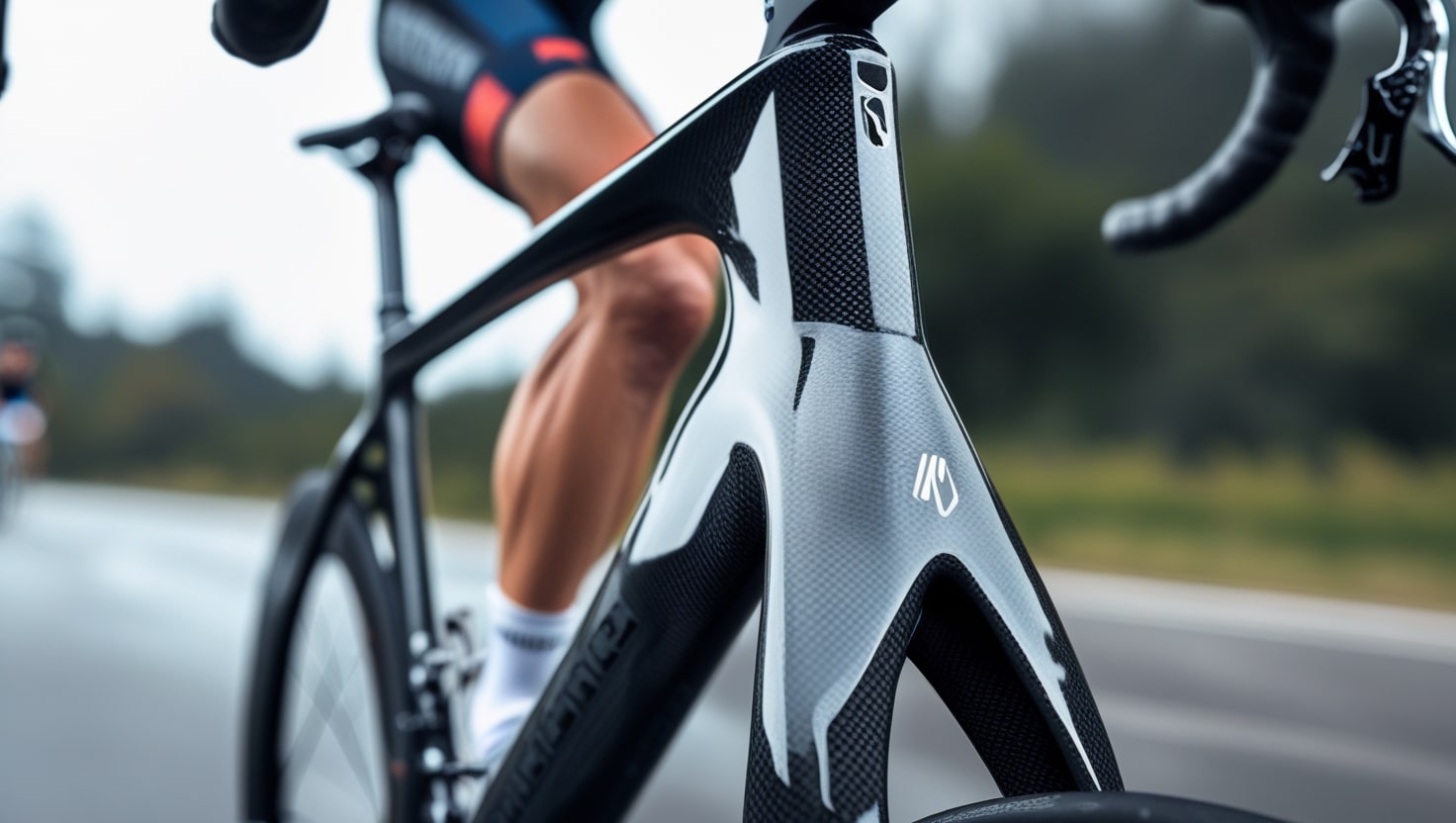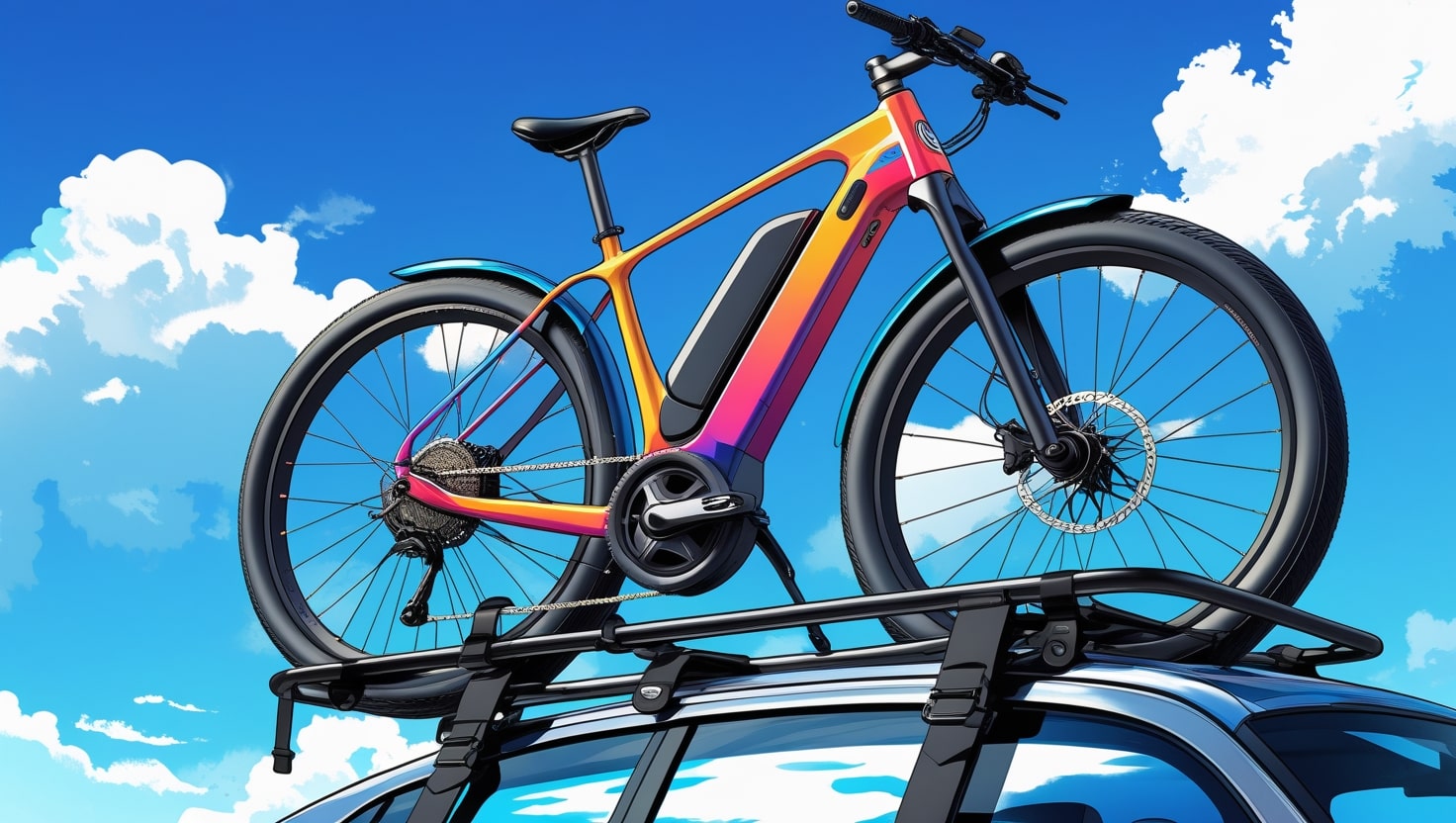After riding my ebike for months without a glitch, one day the ebike battery fully charged but not working, which was both puzzling and frustrating. I discovered that even a charged battery can still have issues due to a loose connection or dirty terminals that break the power flow.
The battery might appear to be full, but if it doesn’t hold enough voltage, the bike simply won’t run. In my case, the fuse was blown, and the battery management system (BMS) had tripped, shutting everything down. Through this, I realized how a faulty controller can mimic several causes that make diagnosis tricky. This short guide is meant to help you resolve similar surprises and get back on the road without hassle.
Why Your ebike Battery Fully Charged but not Working
When I first faced this situation, my e-bike showed a charged battery, yet it wouldn’t turn on. I had just taken it off the charger, so I didn’t expect anything to be wrong. But after checking a few basics, I realized there was a loose connection at the terminals.
Even if the battery is full, a weak or corroded connection can stop the power from flowing. In some cases, cleaning the terminals and resetting the system is all it takes. But when the issue runs deeper, it may point to a faulty controller, a lack of voltage, or a tripped battery management system (BMS).
I’ve dealt with these problems more than once, and each time, the causes vary slightly. If the bike still doesn’t power up after a basic fix, it could be time to explore new parts or test if the motor actually runs when directly powered. These situations can be truly frustrating, but there are always smart fixes before investing in a new battery.
Common Causes and How to Fix Them
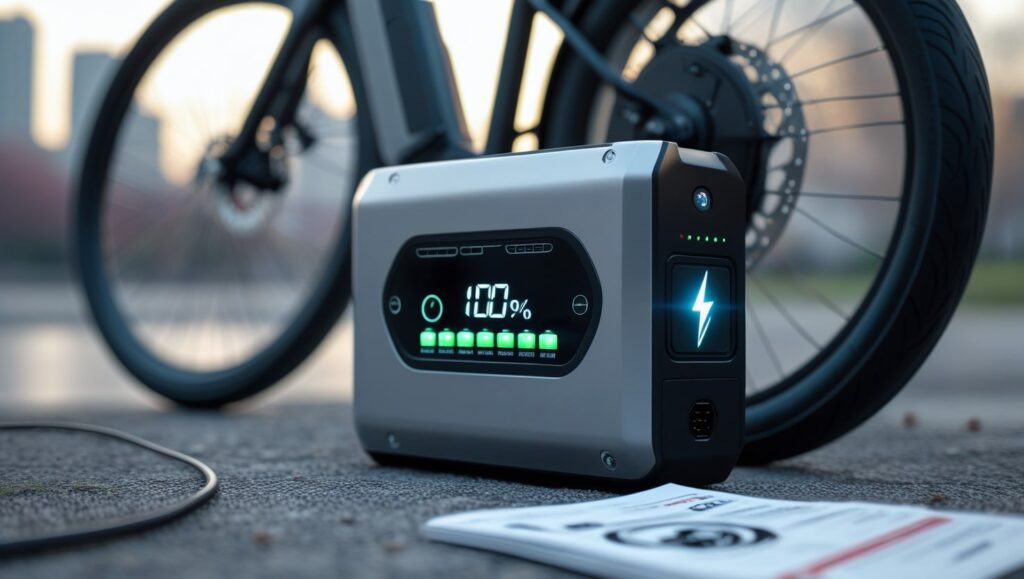
Most e-bike issues are brought on by factors like bad connections, a dead battery, or broken components. I’ll walk you through each possible problem and walk you through how to fix it step by step in the parts that follow.
1. Loose or Faulty Connections
Even when your battery is fully charged, your e-bike might still not turn on, and in my experience, a loose connection is often the main issue. After a few months of regular riding, the connectors can loosen from road vibrations, and dust can build up around the terminals or wires.
I’ve seen bikes that cut out occasionally or lose power mid-ride simply because of a damaged wire or corrosion at the connection points. Whether it’s the controller, motor, or a broken link somewhere, these minor faults can disrupt the flow of electricity. It’s frustrating when everything appears fine—your battery is seated and looks properly installed—but a frayed or worn wire hidden beneath the casing stops everything from working.
How to Fix It:
Make sure the battery is seated appropriately by taking it out and putting it back in.
Inspect the terminals for dirt, wear, or corrosion, and clean them using a dry cloth or fine sandpaper.
Check all wires around the battery, motor, and controller for loose, frayed, or damaged sections.
If you find a broken wire, wrap it with electrical tape as a temporary fix, but plan a proper repair as soon as possible.
2. Battery Management System (BMS) Issues
our ebike may be fully charged, but if no power reaches the bike, the Battery Management System (BMS) could be to blame. Think of the BMS as a gatekeeper—it prevents damage by controlling overheating, overcharging, and deep discharging. When it malfunctions, it can stop the battery from working even when it seems fine. I’ve seen this happen when everything looks okay on the surface, but the battery appears dead because the BMS won’t deliver power. The issue usually hides in how the system is trying to protect itself, and it sometimes just needs a reset to work again.
How to Fix It:
Try disconnecting the battery for 5–10 minutes, then reconnecting it to allow the BMS to reset.
Attempt charging the battery for a few hours, even if it appears charged—this can help the BMS reset itself.
If the issue persists, check your display (if available) for any error codes.
Test with another battery, if you have one, to confirm whether the component at fault is the battery or something else.
3. Blown Fuse or Circuit Breaker
One of the most overlooked problems I’ve come across while repairing an electric bike is a blown fuse. Even when the battery is charged and everything seems fine, your bike won’t power on if there’s a problem inside the internal fuses. These are built in to protect the system from electrical surges and are common in most batteries and controllers.
If a fuse blows, the battery may appear normal but simply stops sending energy to the motor. I’ve found burn marks or tiny breaks in the fuse wire before, which can be easily missed unless you know what to look for. Sometimes, a short circuit in the wiring is the real issue behind a fuse failing again right after replacement.
How to Fix It:
To find the fuse inside the battery or controller, consult your handbook.
Look closely for burn marks or breaks in the fuse wire.
Replace the fuse with a new fuse of the same type and rating.
If the new fuse blows again right away, inspect for a short circuit in the wiring that may need deeper troubleshooting.
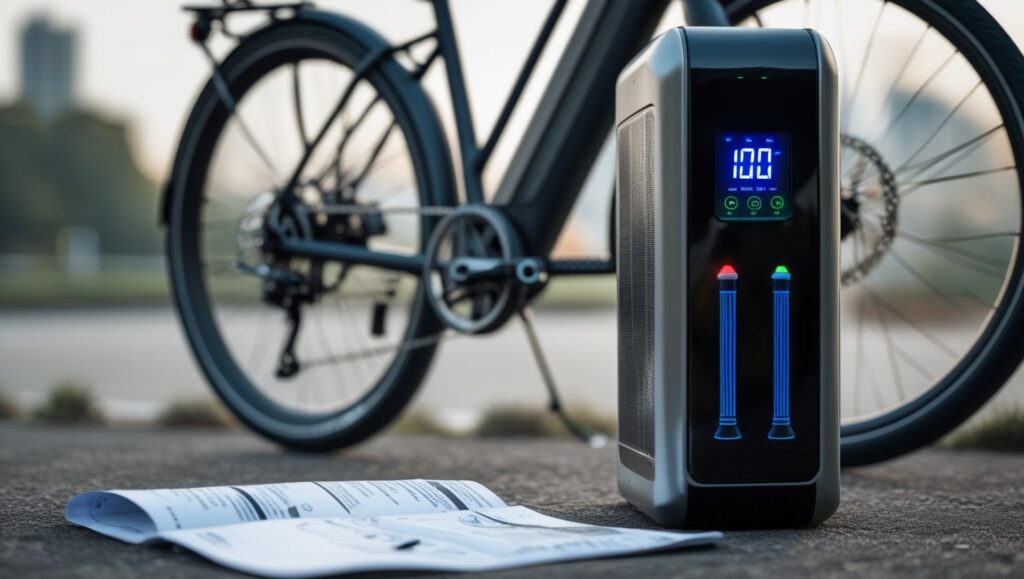
4. Battery Voltage Too Low (Even If Fully Charged)
Sometimes your battery shows it’s fully charged, but your bike still won’t run. I’ve seen this happen when the voltage is present but not strong enough. Inside the battery, some cells may fail over time, especially if it’s older or heavily used. The bike needs a certain rated voltage to function properly—like a 48V model should read close to 54V when freshly charged. But if the actual voltage is significantly lower than what’s expected, it means the battery might be dying or too weak to operate safely.
How to Fix It:
Use a multimeter to check the actual voltage of your battery.
Compare that number with the rated voltage (e.g., 48V should read near 54V when fully charged).
If the number is off, your battery might need a professional repair shop to recondition it.
If repair isn’t possible, a full replacement may be the only option.
5. Faulty Display or Power Button
I’ve had moments where my bike had a full battery, but it wouldn’t start—no lights, no response. As it turned out, the power button was broken and the screen wasn’t lighting up. These small parts often go unnoticed, but if either one is cracked, loose, or unresponsive, the bike might seem not to be working, even though it’s perfectly fine underneath. Some systems require you to press and hold the power button for a few seconds—a quick press just won’t do.
How to Fix It:
Press and hold the power button for a few seconds instead of just a quick press.
Check if the display is cracked, loose, or unresponsive—any of these can prevent it from lighting up.
Try turning on the bike without the display (if possible) to see if it can still run.
If the display doesn’t work, a replacement may be needed.
6. Controller Malfunction
The controller is often called the brain of your electric bike—it’s responsible for distributing power from the battery to the motor. If this part is damaged or has loose connections, your bike simply won’t start no matter how fully charged the battery is. I’ve seen bikes behave strangely, cutting out during riding or suddenly shutting off after long use.
This often happens when the controller is overheating, especially if you’re riding at full power for long periods. A fried controller can also give off a burnt smell or leave visible burn marks, usually near where it’s located—often in the frame of the bike. In my repair work, loose wires or disconnected wires are also common and easy to miss.
How to Fix It:
Look for loose wires or disconnected wires around the controller, especially near the battery or frame.
Check for any burn marks or a burnt smell that could point to a fried controller.
If your bike is cutting out or won’t start, consider whether the controller is overheating.
Avoid riding at full power for long periods, as this puts strain on the motor and controller.
If the problem persists, it may be time to fix or replace the damaged controller.
7. Motor or Throttle Issues
Sometimes, even with a fully charged battery, your e-bike still won’t move, and the culprit could be a faulty motor or stuck throttle. I’ve worked on bikes where a faint clicking sound was the only sign something was wrong, but the bike wasn’t starting at all. These symptoms often prevent the bike from responding, even though everything else seems fine. One good clue is how the throttle moves—if it’s jammed or stiff, that alone could be the issue.
In some cases, the pedal assist mode still works, but the throttle doesn’t, pointing directly to a throttle or wiring problem. Also, don’t forget to check the display for error codes—some bikes show specific codes that hint at motor issues.
How to Fix It:
Test the pedal assist mode to see if it works when the throttle doesn’t.
Check if the throttle moves smoothly—if not, clean around it and try twisting it gently.
Listen for a clicking sound while trying to start the bike—this can help confirm the culprit.
Look at your display for any error codes or specific codes pointing to motor issues.
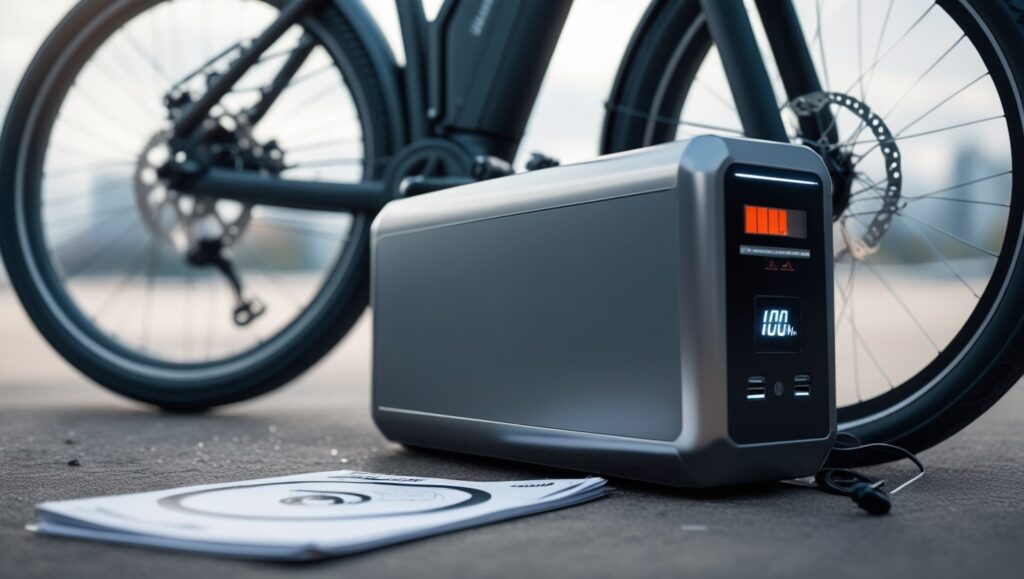
When to Replace the Battery
If troubleshooting doesn’t help and it still behaves like a dead battery, it may not come back to life.
Watch for signs like the battery drains quickly even after a full charge.
If the voltage drops significantly under load, that’s another clear indicator.
Try using a working battery from another e-bike—if your bike runs fine with it, you likely need a new battery.
Preventing Future Battery Issues
Keep your battery in good shape by following basic care steps.
Charge regularly and don’t leave it empty for long periods.
Store it in a cool, dry place, and avoid extreme heat or extreme cold.
Clean the terminals occasionally to prevent corrosion.
Never overcharge—always unplug it once it’s full.
Final Words
Dealing with an e-bike that’s fully charged but not working can be incredibly frustrating, especially when you’re eager to get back on the road. In my experience, the solution often starts with the basics—check all visible connections, inspect the battery terminals, and reset the battery management system (BMS). If that doesn’t fix it, you’ll want to test the voltage, look out for a blown fuse, and troubleshoot components like the controller or motor. Sometimes, especially with old batteries showing signs of failure, replacing the unit might be the only option.
To avoid problems in the future, it’s essential to take care of your battery by keeping it charged, cleaning the terminals, and storing it under the right conditions. These simple habits can extend battery life and help you ride worry-free for longer.
FAQs
Why is my e-bike battery charged but my bike won’t turn on?
If your e-bike seems fine but still won’t power up, it could be something simple like a loose connection or a tripped battery management system (BMS). From my repair experience, one common issue is a faulty power button. Always check the battery terminals for dirt or poor contact, and reset the BMS just in case it’s stuck in protection mode. Also, make sure your display and controller are functioning properly.
How do I reset my e-bike battery?
If your e-bike isn’t turning on even though the battery is fully charged, try doing a reset. First, take the bike’s battery out and give it a good five to ten minutes. Then reconnect it to see if power is restored. If your battery has a reset button, press and hold it for a few seconds before reinstalling it.
How do I know if my e-bike battery is bad?
You can tell if you have a failing battery when you notice rapid power loss during rides or a clear voltage drop when tested with a multimeter. In my experience, if the bike is working fine with a different battery, that’s a solid sign your original one isn’t healthy. Sometimes, the battery charges but still won’t deliver power, and in that case, a replacement is likely needed.
Can a blown fuse stop my e-bike from working?
Yes, a blown fuse can definitely cut power to your e-bike, making it seem like the battery or motor has failed. I’ve had cases where the bike wouldn’t respond at all, and the fuse turned out to be the only issue. Always check your manual to locate the fuse, and inspect it closely for any burn marks or damage.
My e-bike cuts out while riding. What’s causing it?
If your bike suddenly shuts off during a ride, especially after just a few minutes, the issue could be a weak battery, an overheating controller, or even a loose wire. I’ve had cases where the battery voltage drops sharply under load, causing the bike to cut out unexpectedly. If the problem keeps happening, you might need a new battery or possibly a controller repair to get things working smoothly again.

